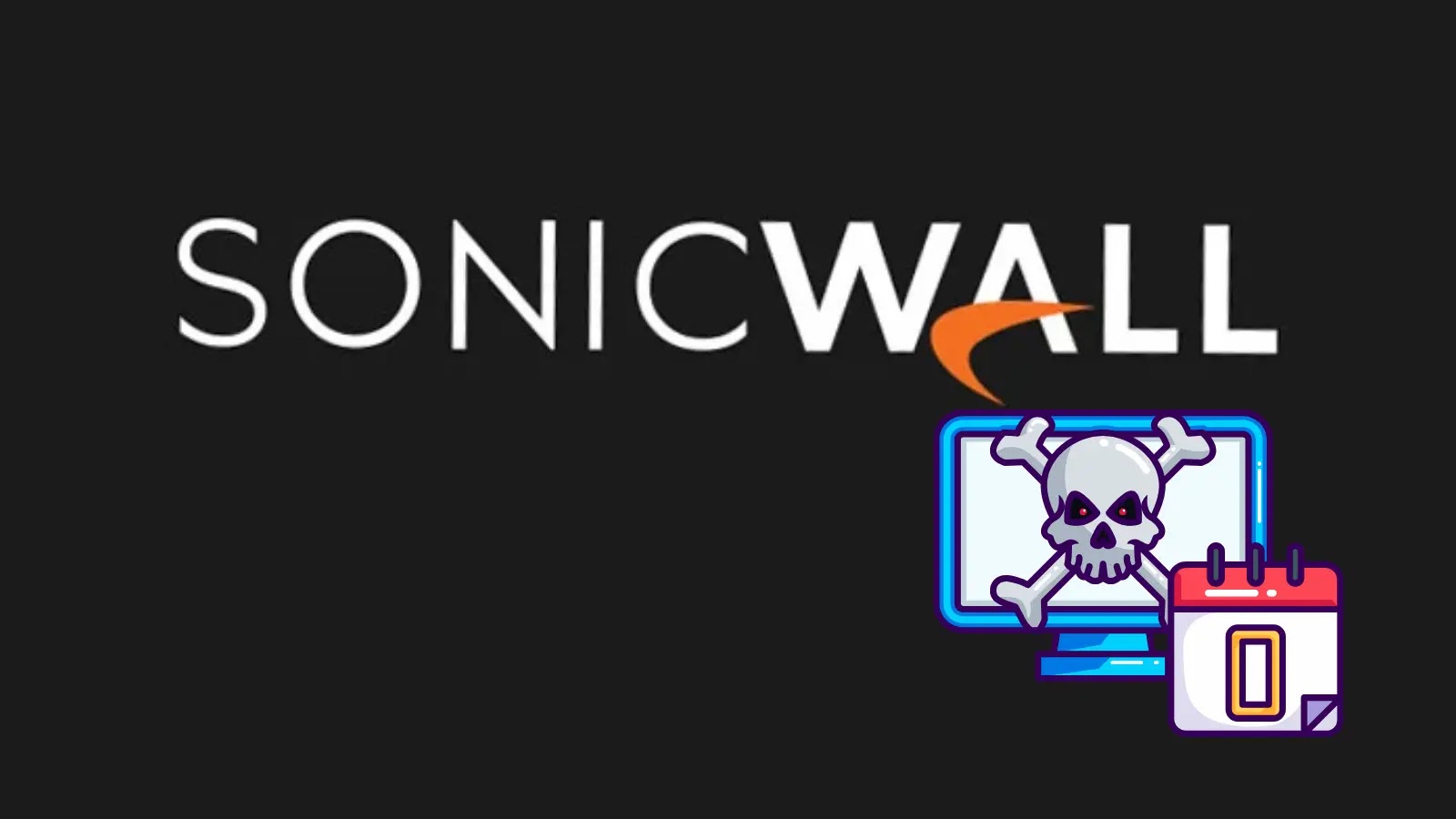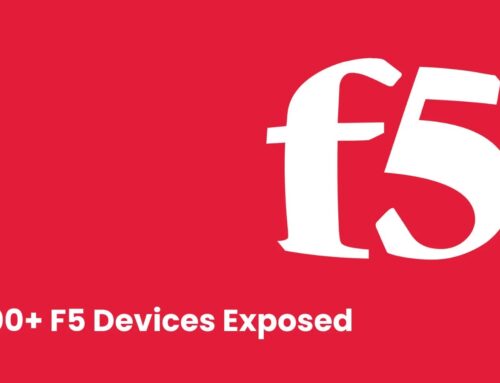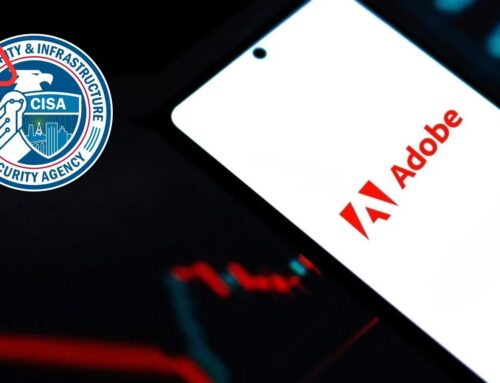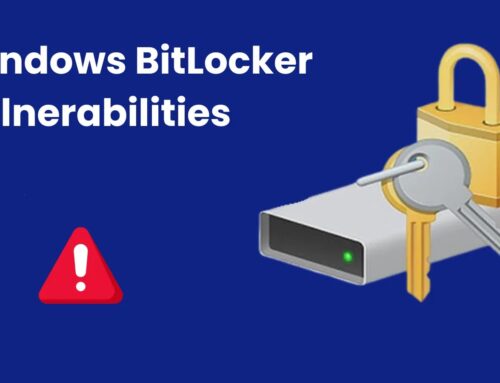
SonicWall VPNs Actively Exploited for 0-Day Vulnerability to Bypass MFA and Deploy Ransomware
Urgent Warning: SonicWall VPNs Under Active Zero-Day Exploitation – MFA Bypass and Ransomware Deployment
Organizations leveraging SonicWall Secure Mobile Access (SMA) VPNs and firewall appliances face an immediate, severe threat. A likely zero-day vulnerability is being actively exploited in the wild, allowing attackers to bypass multi-factor authentication (MFA) and rapidly deploy ransomware. This critical development necessitates urgent attention from all impacted entities.
The Threat Landscape: Active Exploitation and Ransomware Fallout
Security firms, including Huntress, Arctic Wolf, and Sophos, have reported a significant surge in high-severity incidents targeting SonicWall VPNs. The exploitation of this unpatched vulnerability grants threat actors an express route into corporate networks. Once inside, they are bypassing established MFA controls—a cornerstone of modern cybersecurity defenses—and deploying ransomware within hours of initial breach.
This rapid deployment cycle minimizes detection windows and significantly increases the likelihood of a successful ransomware attack. The ability to subvert MFA is particularly alarming, as it undermines a primary security layer that many organizations rely upon to prevent unauthorized access, even if credentials are compromised.
Understanding the Zero-Day Vulnerability
While specific technical details of the vulnerability (e.g., a CVE ID) have not yet been publicly assigned or confirmed by SonicWall at the time of this report, its impact is undeniable. A “zero-day” vulnerability signifies a flaw for which a patch or official fix is not yet available, leaving systems exposed until a remediation can be developed and deployed by the vendor.
The exploitation targets SonicWall’s Secure Mobile Access (SMA) VPNs and potentially other firewall appliances, which are widely used for remote access and network security. The core issue is its capability to circumvent MFA, indicating a fundamental weakness in the authentication process or session management. This likely points to a critical flaw in how the VPN handles user sessions or validates authentication tokens after the initial MFA challenge.
Impact and Risks
- MFA Bypass: The most critical aspect is the circumvention of MFA, rendering this crucial security layer ineffective against these specific attacks.
- Rapid Ransomware Deployment: Attackers are moving swiftly from initial access to ransomware encryption, indicating automated or highly efficient attack sequences.
- Data Exfiltration: While not explicitly stated in all reports, ransomware attacks often precede or accompany data exfiltration, increasing the risk of data breaches.
- Operational Disruption: Successful ransomware attacks invariably lead to significant operational downtime, financial losses, and reputational damage.
Remediation Actions and Mitigations
Given the active exploitation and lack of an immediate patch, organizations must take proactive measures to protect their environments:
- Immediate Segmentation & Isolation: If possible, temporarily restrict network access to and from SonicWall VPN appliances to only essential services and IP ranges.
- Review Logs & Hunt for IOCs: Scrutinize logs from SonicWall appliances, firewalls, and endpoint detection and response (EDR) solutions for any anomalous activity, unusual logins, or signs of compromise. Look for new administrative accounts, unusual process executions, or large data transfers.
- Disable Remote Access if Possible: For non-essential remote access, consider temporarily disabling services on the affected SonicWall VPNs until a patch is available or alternative secure remote access solutions are in place.
- Implement Network Microsegmentation: Further segment your internal networks to limit lateral movement, even if an attacker gains initial access through the VPN.
- Strong Endpoint Protection: Ensure all endpoints accessing the VPN are equipped with up-to-date EDR solutions and are regularly scanned for malware.
- Backup & Recovery Strategy: Verify your backups are recent, isolated, and tested for restorability. This is critical for recovering from a ransomware attack.
- Monitor Vendor Advisories: Closely monitor SonicWall’s official security advisories and support channels for updates, patches, and specific mitigation guidance.
Recommended Tools for Detection & Mitigation
| Tool Name | Purpose | Link |
|---|---|---|
| Huntress EDR | Endpoint detection & response, threat hunting | https://www.huntress.com/ |
| Arctic Wolf Security Operations Cloud | Managed detection and response (MDR) | https://arcticwolf.com/ |
| Sophos Intercept X | Endpoint protection, EDR, anti-ransomware | https://www.sophos.com/en-us/products/intercept-x.aspx |
| Network Intrusion Detection Systems (NIDS) | Monitor network traffic for suspicious patterns and C2 communication. | (Varies by vendor, e.g., Suricata, Snort) |
Conclusion & Next Steps
The active exploitation of SonicWall VPNs is a severe reminder of the persistent threats faced by organizations reliant on remote access solutions. The ability to bypass MFA and deploy ransomware hours after breaching a perimeter highlights the agility of modern threat actors.
Organizations must immediately assess their exposure, implement the recommended mitigations, and remain vigilant for official patches and advisories from SonicWall. Proactive defense, robust incident response plans, and active threat hunting are paramount in navigating this evolving risk.





